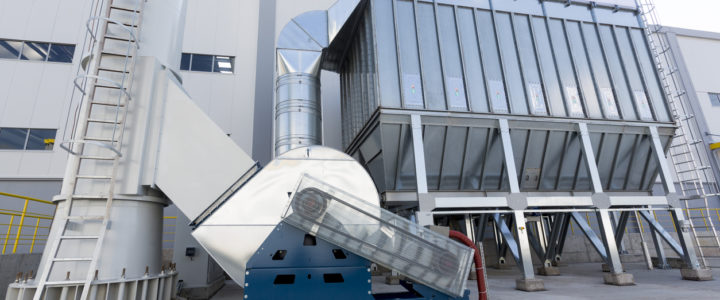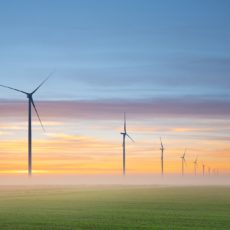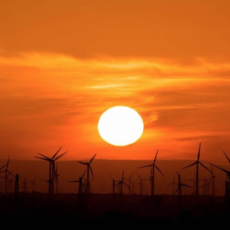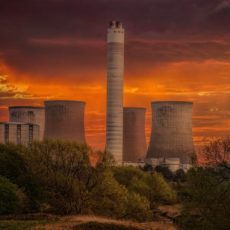
Waste-to-Energy (WtE) represents the process of generating energy, whether it is electricity or heat, by incinerating waste. Usually, WtE processes produce energy directly through combustion, but they can also create a combustible fuel such as methane, ethanol or synthetic fuels. We will give a closer insight on how energy recovery plants work.
On average, the WtE plant will generate 500-600 kWh per ton of waste incinerated. The daily consumption varies from 500 tons for smaller plants to 3000 tons for bigger ones per day. That means that, depending on size, the WtE plant can generate from 250,000 – 1,800,000 kWh per day. Looking at annual production, it comes to approximately 91,000,000 – 657,000,000 kWh per year.
The waste that is transported to the plant is usually organized within the facility or one that is located nearby, prior to incineration. That makes it easier since recyclables do not need to be separated. WtE plant storage facilities are designed with negative pressure to trap any odors inside. That air is also re-circulated and used for boiler combustion.
The incinerated waste mass is reduced by 90%. The remaining 10% is ash which can be reused further. Most of the ash (around 85%) can be used in construction, as an aggregate for building asphalt or concrete. Ashes that cannot be used in construction are used as a substitute for soil in covering landfills.
When it comes to pollution, the EPA (Environmental Protection Agency) puts WtE plants in between natural gas and coal in terms of pollution. Combusting waste, according to the EPA, has lower average nitrogen and sulfur oxide emissions than coal, but higher than natural gas. That is because natural materials in waste, such as wood, are considered a part of the carbon cycle, while on the other hand fossil fuels are not.
Other EPA research shows that WtE plants produce a low amount of dioxin emissions. Nevertheless, it is said that if WtE facilities are to be tested more frequently those results will be higher. Although dioxins exist as a part of both human and natural activities (forest fires, volcanoes), some of them are toxic and their emission should be reduced to a minimum.
Types of waste should never be recycled by incineration include medical waste, medications, and chemicals as they release a higher amount of dioxins in the atmosphere when incinerated than other types of waste.
Another risk from burning wrong types of waste is that residue from the combustion process can move through the soil and end up polluting the groundwater.
WtE plants are under strict obligations to use continuous emissions monitoring systems (CEMS) to monitor their flue gas. These systems, as well as other control devices such as electrostatic particle precipitator (a device that uses an electric charge to remove impurities from air or other gases), must meet certain quality standards as well as environmental requirements. These standards may vary in different parts of the world.
There are currently 87 WtE plants located in 29 states across the United States. They have the capacity to produce approximately 2800 megawatts of power per year, by processing around 29 million tons of waste. That means that around 12% of Municipal Solid Waste is used for energy recovery.
The concept of burning waste to produce energy has significant advantages when compared to power generation from carbon-based fuels, with the added benefit of reducing landfill and minimizing risk of contaminating ground water. Continuing research to further reduce pollutants is critical to ensure WtE plants continue to successfully contribute to global energy production.



